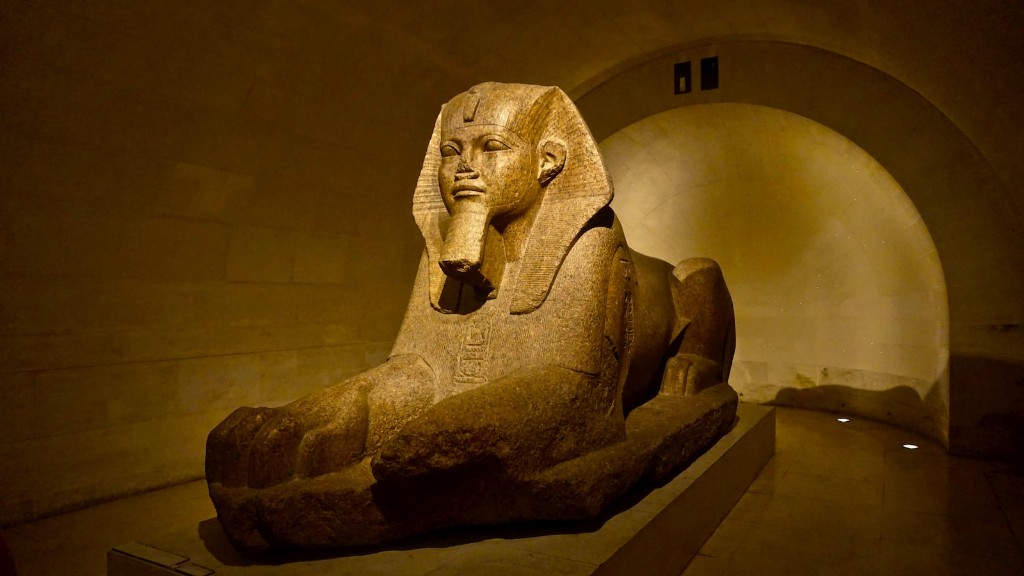In ancient Greece, belts were not merely functional items used to hold clothing in place. They served as symbols of status, fashion, and identity. The art of tying belts was of great importance, as it reflected the wearer’s social standing and personal style. In this article, we will explore the various techniques and styles used to tie belts in ancient Greece.
The Importance of Belts in Ancient Greece
Belts in ancient Greece were more than just accessories; they held cultural and social significance. They were commonly used by both men and women to cinch their garments tightly around their waists. Belts were made from a variety of materials, such as leather, fabric, and metal, and often adorned with decorative elements and intricate patterns.
Ancient Greek society was highly hierarchical, and belts played a role in distinguishing the different social classes. Those of higher social status often wore belts made of high-quality materials and embellished with precious gemstones or metals. These belts were seen as symbols of wealth and power.
The Techniques of Tying Belts
The art of tying belts in ancient Greece involved various techniques and styles, each with its own unique characteristics. Let’s explore some of the most common methods used:
Knot-Style Belts
One of the most prevalent techniques was the knot-style belt. This involved looping the belt around the waist and tying it in a knot. The type of knot used varied based on personal preference, fashion trends, and regional customs. In some cases, the knot was positioned at the front, while others opted for a knot at the side or back.
These knot-style belts were versatile and provided a secure fit. They added an element of elegance to the overall attire and allowed for adjustments in tightness as needed. Additionally, the knot itself served as a decorative element, often embellished with intricate designs or precious metals.
Tasselled Belts
Another popular style was the tasselled belt. These belts featured long decorative tassels hanging down from the waist. The tassels were often made from silk or wool and dyed in vibrant colors. They added movement and visual interest to the outfit, creating a dynamic and eye-catching look.
Tasselled belts were particularly favored by women, as they emphasized the feminine form and helped create an hourglass silhouette. The tassels would sway and dance with every step, drawing attention to the waist and providing a touch of sensuality.
Buckle Belts
Buckle belts were widely used by both men and women in ancient Greece. These belts featured a metal or bone buckle that served as both a functional and decorative element. The buckle was used to fasten and secure the belt around the waist, ensuring a snug and comfortable fit.
The design of buckle belts varied greatly, ranging from simple clasps to more elaborate shapes and motifs. Some buckles were adorned with engraved patterns or set with precious stones. The buckle itself became a statement piece, contributing to the overall aesthetic and style of the belt.
Conclusion
The art of tying belts in ancient Greece was not a mundane task but rather a way to express one’s identity and adherence to societal standards. The various techniques and styles used allowed individuals to showcase their social standing, fashion sense, and personal tastes.
From the knot-style belts that added elegance and refinement to the tasselled belts that exuded femininity and movement, each style had its own unique charm. The buckle belts provided both functionality and aesthetic appeal, with their intricate designs and precious adornments.
Understanding the significance and techniques of tying belts in ancient Greece gives us a glimpse into the cultural and artistic aspects of that time. It allows us to appreciate the craftsmanship and attention to detail that went into the creation and wearing of belts, turning them into symbols of pride and self-expression.


